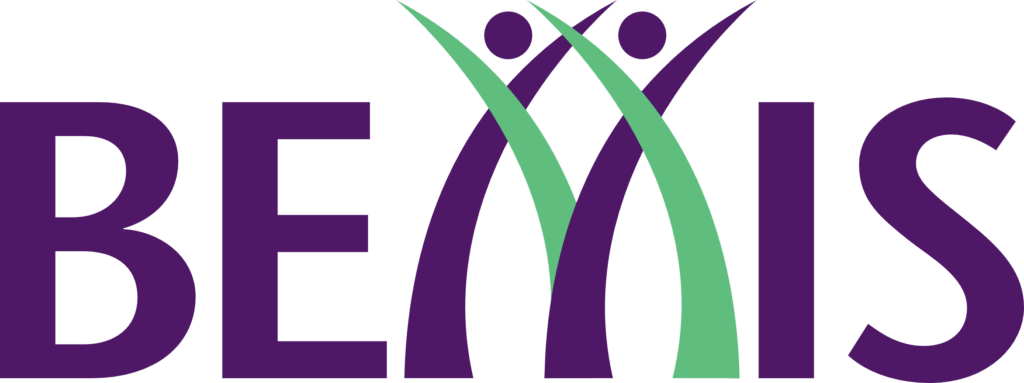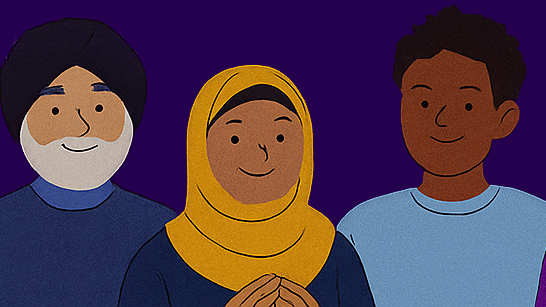Social, Cultural, and Educational Rights – Making Equality Tangible
Part of the CERD Awareness Series
While Article 5 (Part 1) guarantees equality before the law, Article 5 (Part 2) extends this principle into the social, cultural, and educational dimensions of life. It affirms that everyone regardless of race, ethnicity, or background has the right to access education, participate in cultural life, enjoy social services, and benefit from economic and social opportunities free from discrimination.
This is where equality shifts from legal protection to lived reality, shaping everyday experiences and opportunities. Civil rights alone are insufficient if communities cannot access education, cultural expression, or social participation fully and equitably.
The Scottish Context: Learning, Belonging, and Participation
Scotland has made significant progress in promoting inclusive education, celebrating cultural diversity, and fostering social cohesion. Schools incorporate multicultural curricula, cultural festivals highlight diverse heritage, and community initiatives work to build bridges across ethnic and cultural lines.
Yet challenges remain. Ethnic minority students often face educational disparities, from limited access to resources to racial stereotyping in classrooms. Social and cultural participation is also uneven- minority communities may experience underrepresentation in arts, heritage programs, and community leadership spaces.
Without equitable access to these essential rights, equality remains incomplete. Article 5 (Part 2) reminds us that opportunity, recognition, and inclusion are inseparable from justice.
Voices from the Communities
- David, a secondary school student in Glasgow, shares how assumptions about his background have affected his participation and confidence in school, despite excelling academically.
- Nia, a community arts practitioner, reflects on the limited representation and funding opportunities for minority-led cultural initiatives, which restricts visibility and the sharing of Scotland’s diverse stories.
These examples highlight that social, cultural, and educational rights are not abstract ideals, they shape how individuals experience equality and inclusion in their daily lives.
Progress and Pathways Forward
Scotland has taken important steps: multicultural education frameworks, social inclusion programs, and targeted cultural funding schemes all aim to close gaps and empower communities.
However, aligning fully with CERD requires more than policies on paper. It calls for deliberate action to:
- Expand equitable access to quality education for ethnic minority students.
- Promote representation and participation in cultural, social, and community institutions.
- Strengthen inclusive social programs that reach diverse communities.
- Address intersectional barriers, including economic disadvantage, language challenges, and systemic bias.
BEMIS Call to Action
At BEMIS Scotland, Article 5 (Part 2) is both a challenge and an opportunity. By raising awareness, supporting community advocacy, and working with institutions, we can ensure these rights are experienced in practice.
This is a call to policymakers, educators, cultural leaders, and civil society partners: equality must reach beyond laws and policies, it must permeate classrooms, community centres, cultural spaces, and social services. Inclusion should be intentional, visible, and actionable.
Reflection
💭 What does it take for Scotland to ensure that social, cultural, and educational equality is not just a promise but a reality for all?
It means every student can learn without prejudice, every community can celebrate its heritage, and every individual can participate fully in society. Rights are only meaningful when they are lived.
⚖️ CERD in Scotland: From Commitment to Action
#CERDInScotland #FromCommitmentToAction #EqualityInEducation #CulturalInclusion #SocialRights #BEMISScotland #HumanRightsForAll #InclusiveScotland

